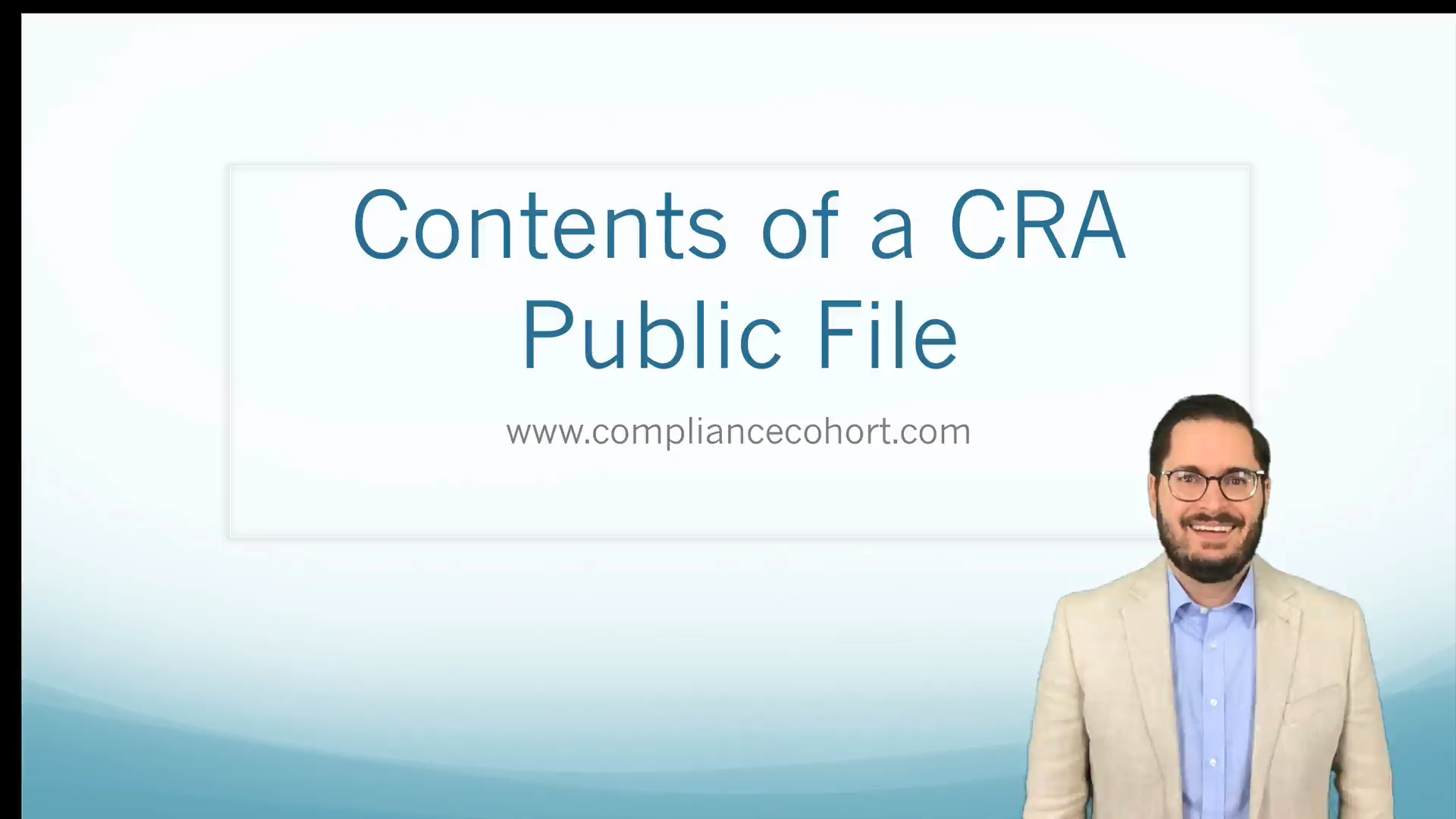In this Compliance Clip (video), Adam briefly discusses the recent CRA proposal by providing an overview of the goals of the proposal. Adam also discusses how, if passed as proposed, this new rule would have some major changes to Assessment Areas that may have negative effects on banks. Comments are due soon on this proposal, so watch this video to learn how the changes might affect your bank.
Welcome to the Compliance Cohort. We are a group of compliance professionals working to make compliance easier. Our goal is to take complex compliance concepts and put them in simple terms that apply to the real world. We are glad you have found us and look forward to collaborating in the future.
If you haven't done so already, make sure you sign up for our free membership where you get access to many member-only videos, articles, and other resources.


